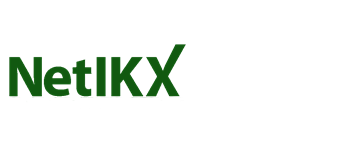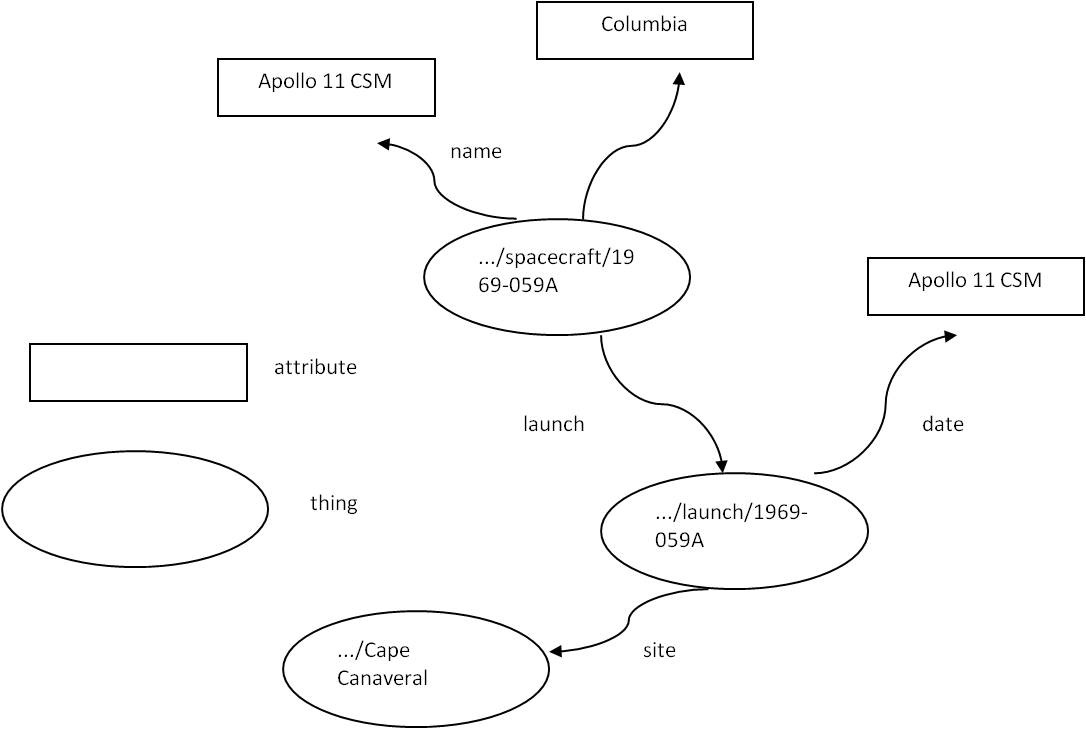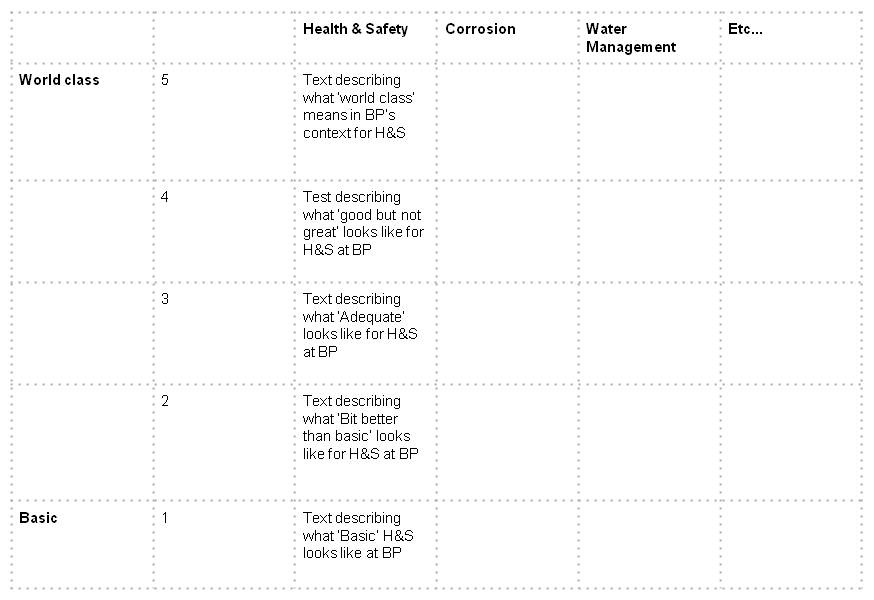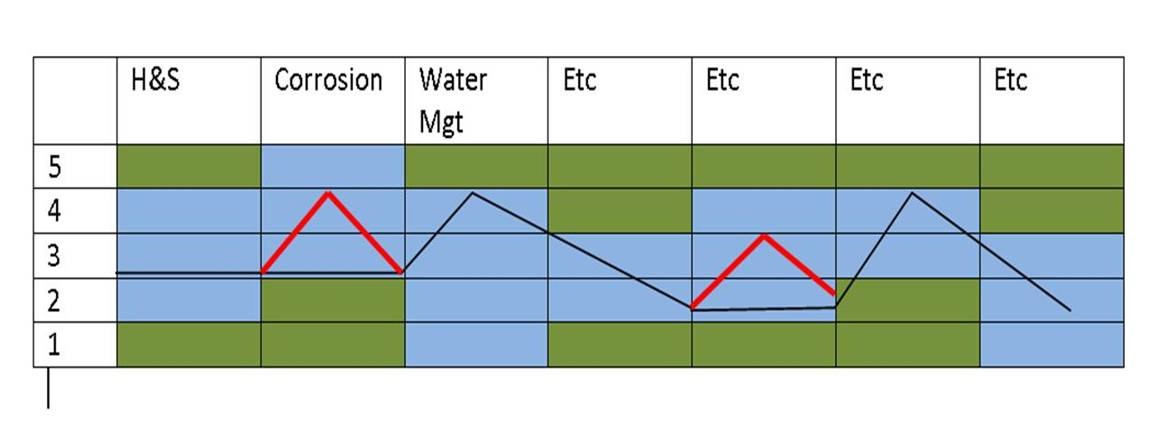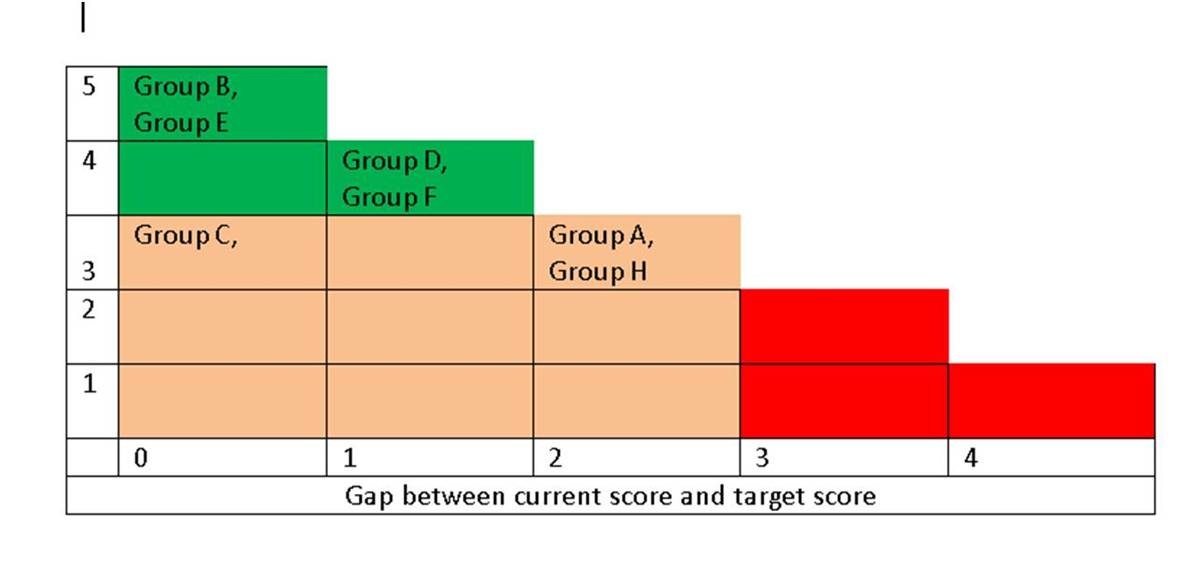Social media – what next and what can we do with it?
By Elisabeth Goodman1
NetIKX’s first seminar of 2012 was its 3rd on the theme of social media in so many years. Previous seminars have explored whether social media should be taken seriously, and how social media could be used to achieve organisational goals and the implications for organisational IM / KM policies and strategies.
This seminar took a broad look at emerging trends and products, their likely implications, and how social media are being, or could be used.
Our first speaker was Steve Dale, “a passionate community and collaboration ecologist, creating off-line and on-line environments that foster conversations and engagement”.
Our second speaker, Geoffrey Mccaleb describes himself as a social media / mobile consultant.
This blog reviews some of the common themes arising from their presentations, points discussed in syndicate or break-out groups, and in the concluding Q&A, and some of the author’s own reflections.
Social media have been evolving into so much more than plain communication tools
Both speakers shared statistics on Facebook, Twitter, LinkedIn, Google Plus, YouTube and other social media usage. The conclusion: the use of social media tools is enormous and growing! But how these tools are being used, or what they are being used for is also evolving. Here are some examples.
1. Facts and figures on some of the better known uses of social media
Employment
89% of companies used social media for recruiting in 2011. One in three rejected candidates based on something they saw online. 45% of companies surveyed used Twitter to find candidates, and 80% used LinkedIn.
Politics
This is perhaps one of the most publicised uses for social media. However, although in 2011 saw 230K tweets per day about change in Egypt the CIA were blamed for ‘missing’ Egypt protests by not monitoring Twitter. Similarly, whilst SOPA protests were being organised online, all but one of the traditional networks in the USA failed to cover them.
Reputation management
Social media is a vital medium for managing an organisation’s reputation, and yet the average time between something going viral and an official response is 48 hours. There are some exceptions for example Southwest Airlines who actively monitor and rapidly respond to anything posted on Twitter about them with a resultant positive impact on their reputation. To what extent are our organisations doing this?
Publicity / PR
47% of journalists used Twitter as a source in 2011 (up from 33% in 2010). Market-specific blogs are proving to be more popular sources of news than traditional media.
Customer support
It’s all about rethinking how companies / organisations engage with their community: social media should be a “company-wide engagement model”.
2. A broader exploration of how social media are evolving
Sharing information on interests and hobbies
Facebook lends itself well to doing this already, and is always adding new features to take this further. It’s new timeline tool being one potential example. There are other tools, such as ‘Pinterest’ that take sharing of this kind of information to another level.
Curation of information from multiple sources
Scoop.it, paper.li, Storify, Flipboard are all examples of how ‘social curators’ can bring together content from several different sources that may be of interest to their audiences. Although we did not discuss this at length, this might be a tool that Library and Information professionals could use to help their end-users with information overload?
Collaborative consumption
Some tools enable people to manage the sharing of physical resources. Examples of this are ‘Boris’s’ bikes (the London shared bicycle scheme), sharing the use of an otherwise under-used private car, ‘airbnb’ to rent out ones house / bedrooms to visitors e.g. to the Olympics. Might this be an alternative model for managing information resources between organisations?!
‘Managing’ big data
This is a pet subject of Steve’s, with data sets on the cloud becoming so large that they can no longer be managed with standard database management tools. The data are usually on the cloud and include photos, traffic data, and medical data. Visualisation and infographics tools are one way to represent and analyse these large volumes of data.
Game-ification
This is an interesting exploration of how the ‘game’ attributes of user engagement, loyalty to brands, and rewards might be transferred to a professional social network environment. In a previous seminar we heard how The Open University Library Services were already experimenting with using virtual reality tools as a support for their services. Game-ification may take this further?
Augmented reality
There are applications for golf that will let you know where the nearest bunker is and the direction of the wind. Pointing your phone at the sky can give you information about the constellations. Augmented reality applications literally augment the information that you perceive and thereby help you to look at your world in a different way.
Location-based services
Tools such as Foursquare enable you to find out what’s near you, check-in, see who else is there, become ‘mayor’ of your local pub(!) etc. ‘Easypark’ – is a Danish company which enables you to pay your parking fee and have a count-down to let you know how much time you have left to park. There is potential for these tools to be so much more than a status update, because they tell others that you like something / somewhere.
3. Some final reflections on technology trends and implications
Mobile platforms
Technology cycles are usually 10 years long, and we are now 2 years into mobile technology. Anticipation is that mobile technology will overtake desktop technology within 5 years. And some surprising statistics:
- More people own mobile phones than toothbrushes!
- 371K children are born every day. 377K iPhones are sold every day!
Apps
2005 – 2010 was about design for the PC with consideration for mobile platforms; 2011 – 2012 (and beyond?) will be about design for mobile platforms with consideration for PCs.
The social graph
This represents all the people that we interact with online: who we know and who we respect online. 37% of US social media users trust what their friends say about a brand or product on social media. 60% will buy something on the basis of what their connections recommend. Facebook (with shares / likes) and Twitter (with retweets) work on this basis, Google Plus is Google’s attempt at recreating the same thing.
What do people want?
To access their data everywhere – aka what is your cloud strategy?
To see things relevant to us – aka what is your social graph strategy?
To have the same experience regardless of our device – aka what is our mobile platform strategy?
4. Implications of what we heard
We explored several themes in our break out discussions and in the Q&A that followed.
What is the role of information intermediaries in the context of social media?
Are we being pushed out of our roles by these tools – or does our ‘cyberlibrarian’ or ‘curator’ role become even more important?
What is the associated information risk?
With a lot of personal information going on the internet / in the cloud, is there more scope for criminal activity and identify theft? There was concern that young people don’t appreciate the privacy issues. That they are not receiving the education they need about this. That tools such as Foursquare are invitations to burglars whilst we are not at home.
How to decide what tools to use and when?
The key is being clear about who we are trying to target and what tool(s) they would use. We discussed the difficulty of changing mindsets within organisations where there are ingrained fears about the use of social media… and how using related case studies, collecting examples of what people have been saying about the organisation, or event taking unilateral action and showing the results (!) may be the way to do this.
Participants mentioned:
- The BBC’s ‘YourPaintings’ joint initiative with The Public Catalogue Foundation and museums and public institutions throughout the UK encourages people to ‘tag’ their favourite oil paintings. It currently has 104,000 pictures in the collection.
- Phil Bradley’s presentation and notes: “25 barriers to using web 2.0 technologies and how to overcome them” might also provide good insights.
How / why could people use social media tools within their organisations
Chatter, Yammer are Twitter like tools being used within organisations, and in some cases have a dramatic effect on lowering the use of e-mail. Chatter and Yammer threads are saved and searchable: and work well for organisations where people are working in different time zones. We didn’t discuss this here, but such tools could be excellent for idea generation and problem solving, or ‘crowd-sourcing’ within an organisation.
Note
1. Elisabeth Goodman is Programme Events Manager for NetIKX. She also runs her own business, RiverRhee Consulting.
